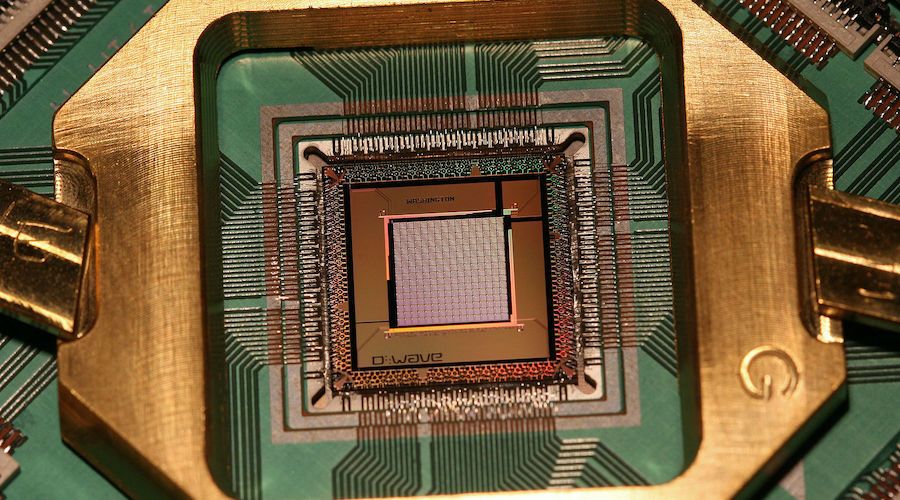New form of silicon could revolutionize quantum computing

Researchers at North Carolina State University have discovered a new distinct form of silicon called Q-silicon which, among other interesting properties, is ferromagnetic at room temperature.
In a paper published in the journal Materials Research Letters, the scientists explain that their findings could lead to advances in quantum computing, including the creation of a spin qubit quantum computer that is based on controlling the spin of an electron.
“The discovery of Q-silicon having robust room temperature ferromagnetism will open a new frontier in atomic-scale, spin-based devices and functional integration with nanoelectronics,” Jay Narayan, corresponding author of a paper, said in a media statement.
According to Narayan, ferromagnetism in materials outside of transition metals and rare earths has excited scientists worldwide for a long time. This is because spin-polarized electrons can be used to process and store information with atomic resolution. However, materials with even numbers of electrons, such as carbon and silicon, without unpaired spins were not considered seriously in terms of bulk ferromagnetism. The dangling bonds in bulk carbon and silicon materials usually reconstruct and eliminate sources of unpaired electrons.
Yet, the NC State researchers showed that laser melting and quenching silicon can result in the formation of Q-silicon. The entire process is completed in less than a fraction of a microsecond, or a millionth of a second.
Besides ferromagnetism, other Q-silicon properties of interest include enhanced hardness and superconductivity.
“This discovery of Q-silicon stands to revolutionize modern microelectronics by adding new functionalities, such as spintronics, or spin-based quantum computing,” Narayan said. “Modern microelectronics are based upon the charge of an electron, making them relatively slow with limited mobility. By using Q-silicon, we make use of the spin of the electron, making computers much faster with negligible power consumption.”
The researcher also noted that Q-silicon provides an ideal platform for the integration of spintronics with microelectronics on a chip.
More News
First Quantum pulls back from arbitration on Panama copper mine
Signals potential for more negotiations with the nation over the Cobre Panama mine that’s been shuttered for more than a year.
March 31, 2025 | 04:30 pm
Freeport-McMoRan lowers first-quarter gold sales forecast
The company said it expects first-quarter gold sales to be roughly 100,000 ounces below its prior forecast of 225,000 ounces.
March 31, 2025 | 03:41 pm
{{ commodity.name }}
{{ post.title }}
{{ post.excerpt }}
{{ post.date }}



Comments